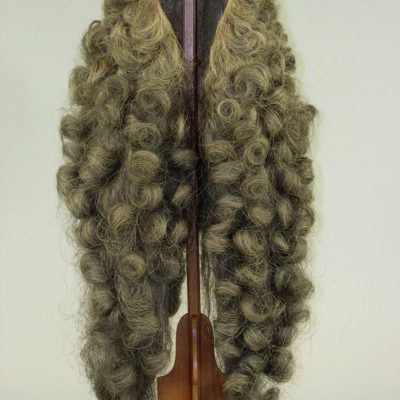
Fashion & History 03.09.2017
05.07.2018
1600sdress historyheadpiece
A peculiar kind of historical headpiece.
The bindmössa is a small round-stitched women’s headpiece, most commonly present in national costumes. The name originally means ‘closed on the neck by a band’.
The bindmössa originated in France in the mid-sixteenth century, where it was then a widow’s garment, to be worn together with a dock. It was introduced in England by Maria Stuart under the name of ‘french hood’. During the seventeenth century, it became common also for men, especially among priest and well-known citizen. The binder was originally quite soft but became increasingly harder during the 1700s, and was usually stiffened with a filling of papier-maché, felt wool or tagel; it was usually worn over a thin white linen cap. Even in the nineteenth century it was used, but mostly older people and memmbers of the lower classes in general.
Since the eighteenth century, the dark binder caps became lighter in colour, often decorated with a floral emboridery a real bouquet on the side. Even easier fabrics like printed cotton or linen fabrics were used.
In Sweden, the binder is present in several costumes, including Bohuslän, parts of Västergötland, Häverödräkten with several places. In some parts of Uppland and Västmanland, the binder remained alive even after the costumes were totally removed.